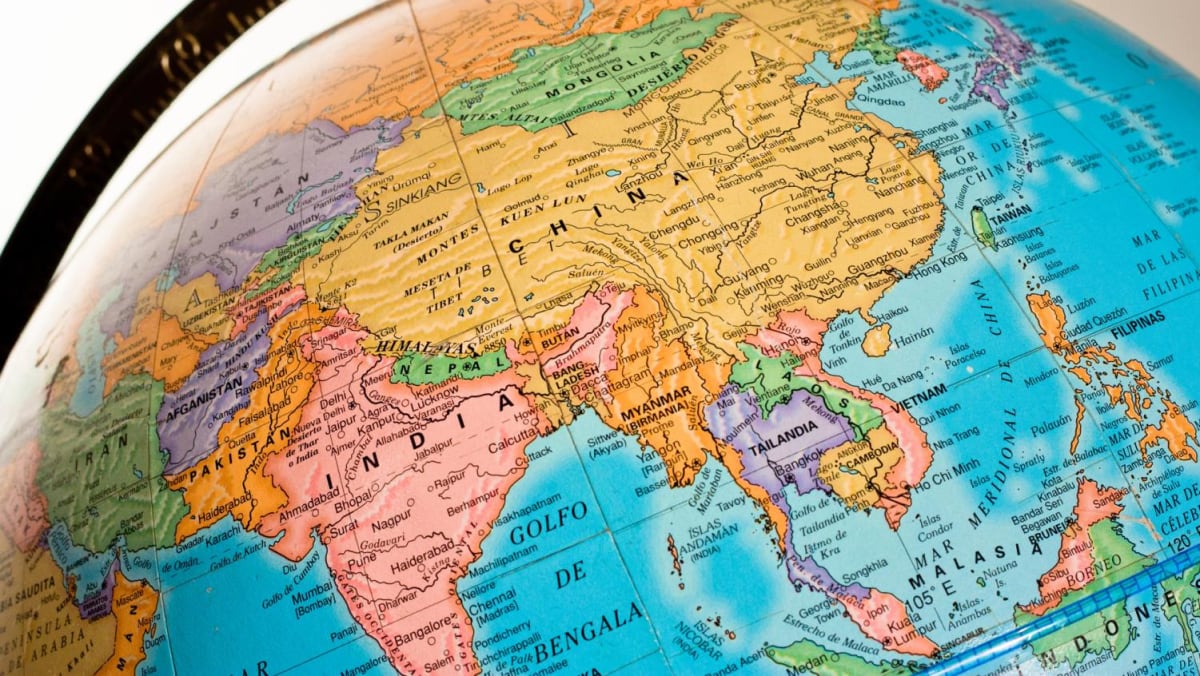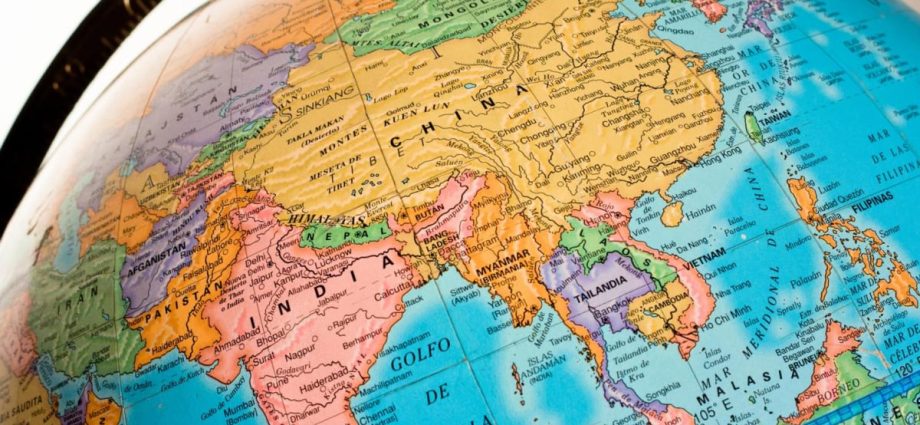
Until then, the more common term for developing nations – countries that had yet to industrialise fully – was “Third World”.
That term was coined by Alfred Sauvy in 1952, in an analogy with France’s historical three estates: The nobility, the clergy and the bourgeoisie. The term “First World” referred to the advanced capitalist nations; the “Second World”, to the socialist nations led by the Soviet Union; and the “Third World”, to developing nations, many at the time still under the colonial yoke.
Sociologist Peter Worsley’s 1964 book The Third World: A Vital New Force In International Affairs further popularised the term. The book also made note of the Third World forming the backbone of the Non-Aligned Movement, which had been founded just three years earlier as a riposte to bipolar Cold War alignment.
Though Worsley’s view of this Third World was positive, the term became associated with countries plagued by poverty, squalor and instability. Third World became a synonym for banana republics ruled by tinpot dictators – a caricature spread by Western media.
The fall of the Soviet Union – and with it the end of the so-called Second World – gave a convenient pretext for the term “Third World” to disappear, too. Usage of the term fell rapidly in the 1990s.
Meanwhile “developed”, “developing” and “underdeveloped” also faced criticism for holding up Western countries as the ideal, while portraying those outside that club as backwards.

